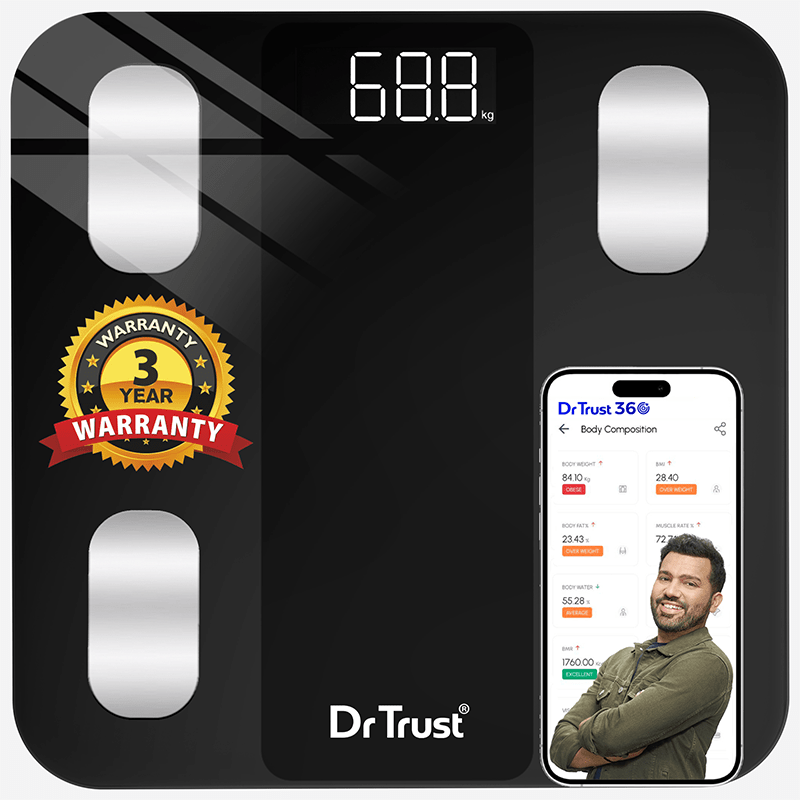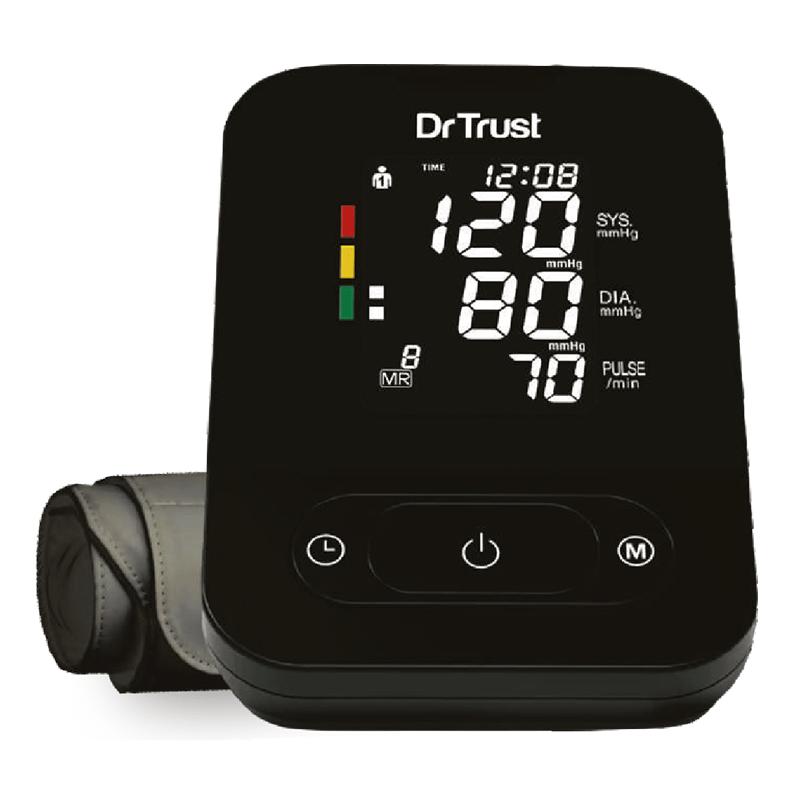"Yoga unites the world! Glad to see immense enthusiasm all across the planet for International Day of Yoga."
– PMO India
Thanks to the relentless efforts of Prime Minister Shri Narendra Modi, the United Nations General Assembly officially declared June 21 as the International Day of Yoga in 2014. Since then, this day has grown into a global movement promoting mental peace, physical wellness, and lifestyle transformation through the ancient wisdom of yoga.
Yoga: A Scientific Approach to Chronic Disease Management
Celebrated globally, International Yoga Day on June 21 is not merely a cultural observance—it is a call to adopt a practice backed by science for its profound impact on health. In today’s world, where lifestyle diseases like hypertension, PCOD (Polycystic Ovarian Disease), and Type 2 diabetes are on the rise, yoga offers a non-invasive, cost-effective, and preventive health solution.
According to the World Health Organization (WHO), non-communicable diseases account for over 70% of global deaths annually. These conditions are often preventable and reversible with lifestyle interventions—yoga being one of the most effective among them.
1. Yoga for Hypertension: A Natural Method to Stabilize Blood Pressure
Hypertension, often termed the "silent killer", affects 1 in 3 adults globally. Yoga offers a multi-dimensional benefit through regulated breathing (pranayama), improved vascular function, and reduced sympathetic activity.
A 2019 study published in the journal Complementary Therapies in Clinical Practice found that 12 weeks of regular yoga reduced both systolic and diastolic blood pressure in hypertensive patients.
Recommended Yoga Practices:
Shavasana (Corpse Pose) – Induces full-body relaxation
Anulom Vilom (Alternate Nostril Breathing) – Balances the nervous system
Setu Bandhasana (Bridge Pose) – Enhances circulation
Don’t forget to use the Dr Trust BP Monitor to track daily readings and evaluate the tangible improvements in your pressure levels.
Yoga for Diabetes: Regulating Blood Glucose Through Movement
Yoga aids in glycaemic control by reducing stress hormones, improving insulin sensitivity, and enhancing muscular glucose uptake. For individuals managing Type 2 Diabetes, yoga contributes significantly to long-term management.
According to a study published in Diabetes & Metabolic Syndrome: Clinical Research & Reviews (2020), yoga intervention significantly reduced fasting blood sugar and HbA1c levels.
Recommended Yoga Practices:
Dhanurasana (Bow Pose) – Stimulates pancreas
Paschimottanasana (Seated Forward Bend) – Aids digestion and sugar metabolism
Surya Namaskar (Sun Salutation) – Promotes calorie burn and improves insulin efficiency
Keep on monitoring your blood sugar using the Dr Trust Glucometer, especially after yoga, to understand how your glucose levels respond to daily practice.
Yoga for PCOD: Restoring Hormonal Harmony
Polycystic Ovarian Disease (PCOD) is linked to insulin resistance, stress, obesity, and irregular menstrual cycles. Yoga, when practiced consistently, regulates hormonal imbalances, improves reproductive health, and alleviates mental stress.
A study published in The Journal of Alternative and Complementary Medicine (2012) showed that yoga improved endocrine parameters and reduced anxiety levels in women with PCOD.
Recommended Yoga Practices:
Baddha Konasana (Butterfly Pose) – Improves pelvic circulation
Bhujangasana (Cobra Pose) – Stimulates ovarian function
Shavasana with Guided Meditation – Reduces anxiety and promotes mindfulness
Support your healing journey with regular tracking of weight, stress levels, and glucose with Dr Trust health monitoring devices.
From Yoga Mat to Meal Plate: Completing the Wellness Circle
Additionally, yoga without mindful eating is only half the journey. Yoga strengthens your mind-body connection—but your nutrition and hydration choices determine how effectively the body recovers and rejuvenates after practice. A post-yoga meal rich in whole grains, lean protein, and fluids aids in sustaining energy and cellular repair.
Nutrition Guidelines for Yoga Practitioners:
Ø Drink water or herbal teas immediately after yoga to rehydrate
Ø Opt for complex carbs (quinoa, oats) and plant protein (lentils, sprouts)
Ø Avoid processed or sugar-heavy foods that counteract yoga’s detoxifying benefits
Track Diet & Health with the Dr Trust 360 App
For those managing chronic conditions, data-backed decisions are crucial. The Dr Trust 360 Diet & Nutrition App empowers you to:
Ø Log meals, snacks, and hydration effortlessly
Ø Track calories, carbs, protein, and essential nutrients
Ø Sync with Dr Trust BP monitors, glucometers, and weighing scales
Ø Access AI-powered guidance on diet and health routines
Ø Set daily reminders for yoga, water intake, and medication
Consistency and awareness, these two elements drive long-term results. The Dr Trust 360 app becomes your digital health companion.
Conclusion: Let Yoga Be Your First Line of Defense
This International Yoga Day 2025, make a conscious shift towards holistic wellness. Yoga, when practiced regularly and supported with smart monitoring tools and mindful eating, becomes a powerful lifestyle medicine.














